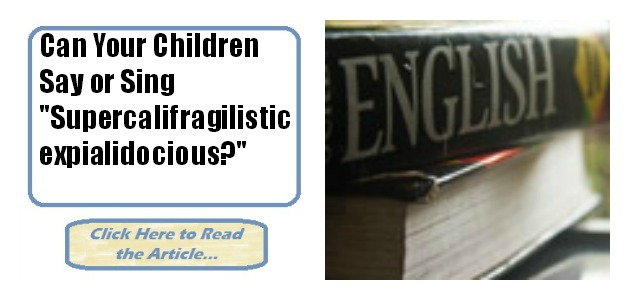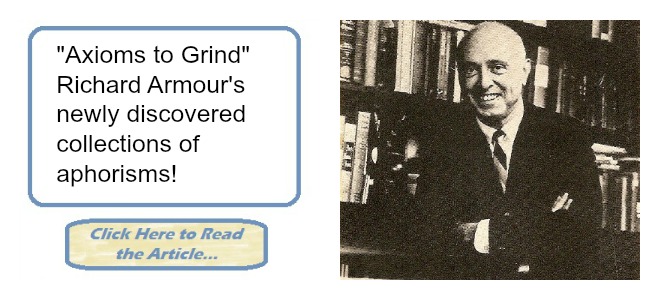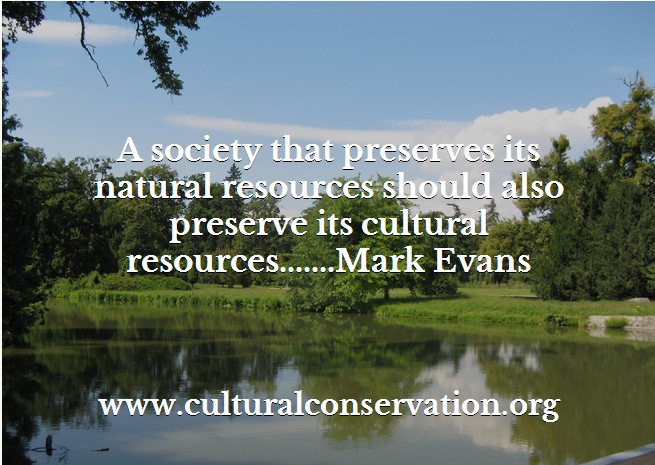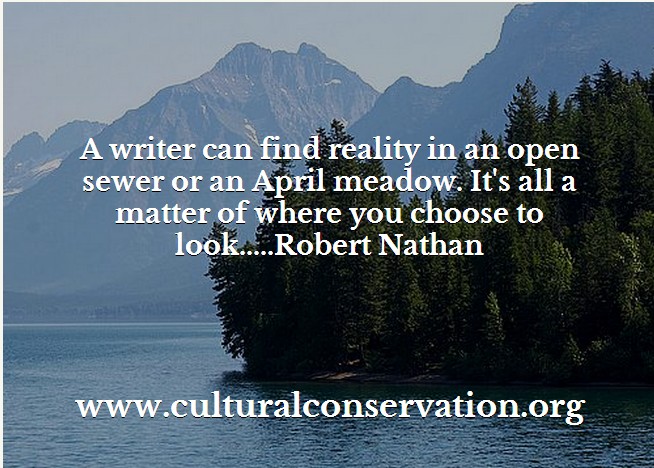Welcome to Cultural Conservation, where our mission is to conserve and preserve the arts in our country.
I'm Mark Evans and I have been deeply concerned about students emerging from school unfamiliar with any music other than what they've encountered through Social Media, or haven't read a book that hasn't been assigned to them. Others are unfamiliar with the most basic facts of our history but know every detail of today's celebrity culture.
This site will provide you with the tools, the resources, and the inspiration to encounter the best of the past which shouldn't be forgotten, the best of the present, which shouldn't be ignored, and the best of the future, which shouldn't be undiscovered.
Please take a moment to play the Welcome Video to learn more about our organization.
And here's how you can get involved in our mission.
Learn More!
You're never too young or too old to begin learning about the best of our culture, music, books, and the visual arts. On this web site, e devote the same energy and attention to preserving our cultural resources as many others to preserving our natural resources.
Listen More!
Listen to our audio recordings. We make available interviews with some of the world's most interesting and capable people and many whom you won't encounter through the usual social media sources.
Read More!
Become acquainted with the books and articles we publish. You'll find "Mark! My Words: How to Discover the Joy of Music, the Delight of Language, and the Pride of Achievement in the Age of Trash Talk and Cultural Chaos. It will explain how and why we find ourselves in a cultural crisis and what you can do about it for your family. Check it out here.
Watch More!
Watch our videos. You'll find guidance, instruction, entertainment, and information you won't find anywhere else.
Do More!
You can't just read, watch, and listen. You have to ACT. We'll provide the "how and why" you can develop a personal plan of action to be sure that the best of our cultural heritage won't be missing in your life or the lives of your family.
Do More! cont.
Every family today faces the challenge of this cultural crisis. How your family responds could affect your children and grandchildren for the rest of their lives. If you've been looking for a solution or didn't even realize this problem, you can find an answer on this web site.







How Listening to Good Music Can Shape Your Family For the Better
